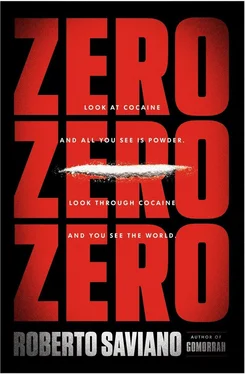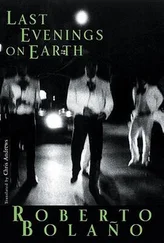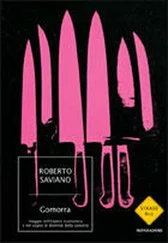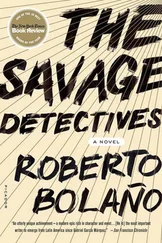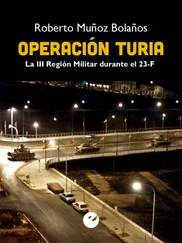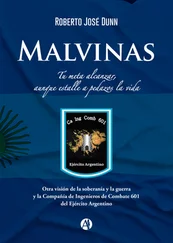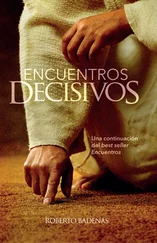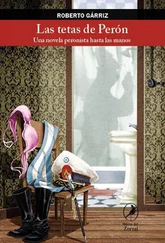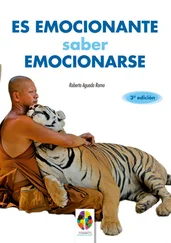• • •
Tom Thumb: This tiny hero has to manage without helpers or magic, no resources other than his own vigilant mind. He is the figure who best symbolizes the disparity of forces of those leading the fight against the global cocaine traffic. I’ve felt like him for years, and I steadfastly follow his example. I try to gather up every bread crumb scattered in the dense forest, to pick up every scrap of knowledge that can help me to get through it. Yet the more I try to look closely at narco-trafficking, bordering on the edge of obsession and exhaustion, the more I sense that something is escaping me, or rather that something keeps getting ahead of my imagination. It’s not enough to know, to understand. I need to grasp a more profound dimension, imprint every organ with it, metabolize the mass of notions until they become a mode of natural perception, a second sight. How is it possible otherwise to comprehend that they ship eight tons of cocaine in a single container of bananas, and at the same time have special suitcases made out of fiberglass, resin, and cocaine, which they then treat so as to extract a mere 15 kilos? The first answer is that whoever lost that stratospheric load must have successfully concluded the same operation other times. There’s a good chance that they’re the same ones who developed new suitcases that look like Samsonites for quick restocking via air, and as a future research investment. Because behind all this there is a logic, just one: sell, sell, sell. Sell any way you can, with whatever system, better to sell a lot than a little. But even if it’s less, much less, you can’t do without it. It’s still business, and it can’t be lost. No business in the world is so dynamic, so relentlessly innovative, so loyal to the pure free market spirit as the global cocaine business.
This is the reason cocaine became the merchandise par excellence at a time when markets began being dominated by stocks that were inflated with empty numbers, or securities as intangible as those driven by the new economy, which sold communication and make-believe. But cocaine is tangible. It uses the imaginary, bends it, invades it, fills it with itself. Every seemingly insurmountable limit is about to fall. The new mutation has already arrived, and it’s called liquid cocaine. Liquid cocaine can make its way inside any hollow object, can impregnate any saturatable material, can dissolve in any drink, any creamy or liquid product, practically without adding any telltale weight. Half a kilo of cocaine can be dissolved in a liter of water. It’s been found in shampoo and body lotion, in shaving cream, glass cleaner, and spray starch, in pesticides, contact lens solution, and cough medicine. It has traveled together with canned pineapple, in containers of coconut milk, in nearly five tons of oil barrels, and in two tons of frozen fruit pulp; it has permeated clothing, upholstery fabric, loads of jeans, canvases, diplomas for deep-sea diving. It’s been sent through the mail as bathroom sets and as pacifiers. It has crossed borders in bottles of wine, beer, and other drinks, from Mexican tequila for margaritas to Brazilian cachaça for caipirinha, but mostly in bottles of rum, like the Colombian brand confiscated in the same month in Bologna and Milan: the Medellín brand, aged three years. And as if rum and Coke, which contains much more coke than alcohol, weren’t enough, they’ve also found it in bottles of Coca-Cola. Cocaine can turn into anything at all, yet it always remains the same.
The island of Curaçao, part of the former Dutch Antilles, now a constituent country of the Netherlands, is perfect for tourism. Along with the pristine beaches and emerald waters typical of the Caribbean, it can count on many months of good weather annually, because it is outside the path of hurricanes. A paradise, in other words. The Donald Duck Snackbar, in the suburbs of Fuik, in the southern part of the island, is a paradise as well — for narco-traffickers. Between a sandwich and a caipirinha, they talk business. Lately the conversation’s mostly about ways to transport cocaine. Controls have grown tighter, so they need new methods.
When you spend years tracking drug traffickers you come to see things not for what they are but for what the traffickers can do with them. I can’t look at a world map anymore without seeing transportation routes, distribution strategies. I can’t see the beauty of a city piazza anymore without asking myself if it would be a good base for pushers. I can’t see the fine, golden sand of a beach anymore without wondering if it would make a good landing spot for an important shipment. I can’t fly anymore without looking around the plane and calculating how many mules might be onboard, their stomachs full of cocaine capsules.
It even happens with diapers. What’s more innocent than a baby’s diapers? They make me think of the woman from the Antilles who was detained at the Amsterdam Airport Schiphol in 2009, after police found a kilo of cocaine hidden in her two-year-old daughter’s diaper. There are highly organized gangs that use their own children for trafficking, sticking balls of liquid cocaine inside their diapers. Easy to transport, difficult to pick up on X-rays. But there’s a down side: While it’s true that coke dissolves easily, it’s also true that the crystallization process to render it salable adds not insignificantly to the cost. Even the physically disabled are welcome. Who would ever dream of searching a man with no legs in a wheelchair? No one, as long as the sniffer dog doesn’t discover cocaine in the chair’s frame, as happened to a young Dominican guy in September 2011. There’s no end to it. Cocaine under the cassock of a fake priest. Cocaine in the stomachs of two Labradors. Cocaine in a shipment of two hundred boxes of red roses. Cocaine hidden inside cigars. Candies and cookies filled with cocaine. Loose cocaine inside bags of foodstuffs. Liquid cocaine in condoms tied with elaborate knots.
There’s a school in Curaçao. Aspiring mules come from all over the world. Narcos teach them how to package and ingest the capsules without hurting themselves, because they’ll use their stomachs as storage during flights. During the first phase of their training the mules swallow big grapes, chunks of bananas or carrots, then condoms filled with confectionary sugar. Two weeks before departure the mule goes on a diet to regularize his digestive cycle. The mule has to eat light: to keep down the capsules, which are the size of those containers inside a Kinder Surprise Egg, you have to stick with fruits and vegetables. It takes a mule two hours to swallow the capsules and settle them in the bottom of his stomach. It hurts; it hurts a lot. So the mule paces, palpitates his stomach to make them go down, helps them along with a little Vaseline, or at most some yogurt. The stomach is a container that needs to be optimized, and even half a glass of water takes up space. A beginner manages to ingest thirty to forty capsules, while a well-traveled professional can get up to 120. The record seems to be held by a man detained in the Amsterdam Airport Schiphol in 2009 with 218 capsules, amounting to 2.2 kilos of cocaine.
Each capsule contains 5 to 10 grams of cocaine. If even one of them breaks during the flight, the mule will die an atrocious death from an overdose. But if it makes it to its destination that cocaine, bought for about €3,000 a kilo in the Antilles, in Europe will go for €40,000 to €60,000 a kilo, depending on which country it’s sold in. On the street it can go for as much as €130 a gram. Which is why the couriers have to follow very strict rules: Before they ingest the capsules they take medicine such as antiemetics, anticholinergics, and antidiarrhetics. The in-flight menu is rigorous too: milk, juice, rice. From the moment he swallows the capsules, the mule has thirty-six hours max before expelling them and, finally, as the Colombians say, coronar —mission accomplished, in other words. The word coronar comes from the game of checkers, when a pawn reaches his opponent’s baseline and is “crowned.”
Читать дальше
